Fundamentally, we eat because food provides us with the fuel to function, but we also eat because, in terms of its nutrients, food enables our bodies to grow and even heal and repair.
Now, the million-dollar question, the one thing we all want to know is: what are the must-have ingredients in our diet to promote good health and what are the superfoods that will help us prevent and cure health issues and diseases?
Unfortunately, the answer is not as simple and straight forward as we would like it to be. However, if we take the time to understand why food is important, what is the difference between food as simple fuel and food as an important source of nutrients, and if we start to look at food as a complex matrix of macro and micro nutrients, then we can learn how to use food in its complexity – rather than in its isolated nutrients – and unlock its potentials.
Macro, Micro and the health benefits of Phytonutrients
Food is comprised of macro and micro nutrients.

Macronutrients
Macronutrients are the nutrients needed in relatively large quantities (Okeeeeyyyy, this is easy!). These are:
- protein
- carbohydrates
- fat
- dietary fibre
- fluids
They give energy to our body and help supporting vital bodily roles and functions. Even the parts of food that are not absorbed in the gut (fibre) are important to maintaining good health.
Micronutrients
Micronutrients are nutrients that are needed in small quantities (easy-peasy, gotcha!). These are:
- vitamins
- minerals
*** Vitamins and minerals work together to perform hundreds of roles in the body. They help shore up bones, heal wounds and boost our immune system. In addition to that they also convert food into energy and repair cellular damage. So very important!
- phytonutrients (or phytochemicals)
*** Phytonutrients or phytochemicals are natural chemicals contained in plant food such as fruits and vegetables as well as whole grains, nuts, beans and…well tea! Unlike the vitamins and minerals, phytonutrients are not essential for keeping us alive, but…listen carefully here… when eaten and absorbed by our bodies, they may help prevent disease and keep our body working properly. So that’s why they are interesting!

Phytonutrients
There are more than 25,000 phytonutrients (I don’t know you, but I’m bored already!) found in plant foods…. but – don’t worry! – you don’t need to know them all!! I will however spend a minute or two to tell you about six of the most important phytonutrients but only because I want to show you their potential health effects. (This will blow your mind!). These are:
- Carotenoids

Carotenoids act as antioxidants meaning they tackle harmful free radicals that damage tissues throughout our body.
They are responsible for giving a yellow or orange colour to fruits and vegetables, for example pumpkins and carrots. Our body can turn these into Vitamin A which is essential to keep our immune system ticking and for the health of our eyesight.
They can also give a pink or red colour, for examples tomatoes, watermelon and pink grapefruits, and have been linked to lower prostate cancer.
Finally, they can also be found in greens such as spinach, kale and collard. These have been found to help protect from eye problems like cataracts and age-related muscular degeneration.
- Ellagic acid

Ellagic acid is found in berries like raspberries, strawberries and other plant foods like pomegranates.
Although benefits for the human health are still being researched, laboratory studies found that Ellagic Acid may help protect against cancer as they may slow down the growth of cancer cells as well as help the liver neutralize cancer-causing chemicals in the system.
- Flavonoids
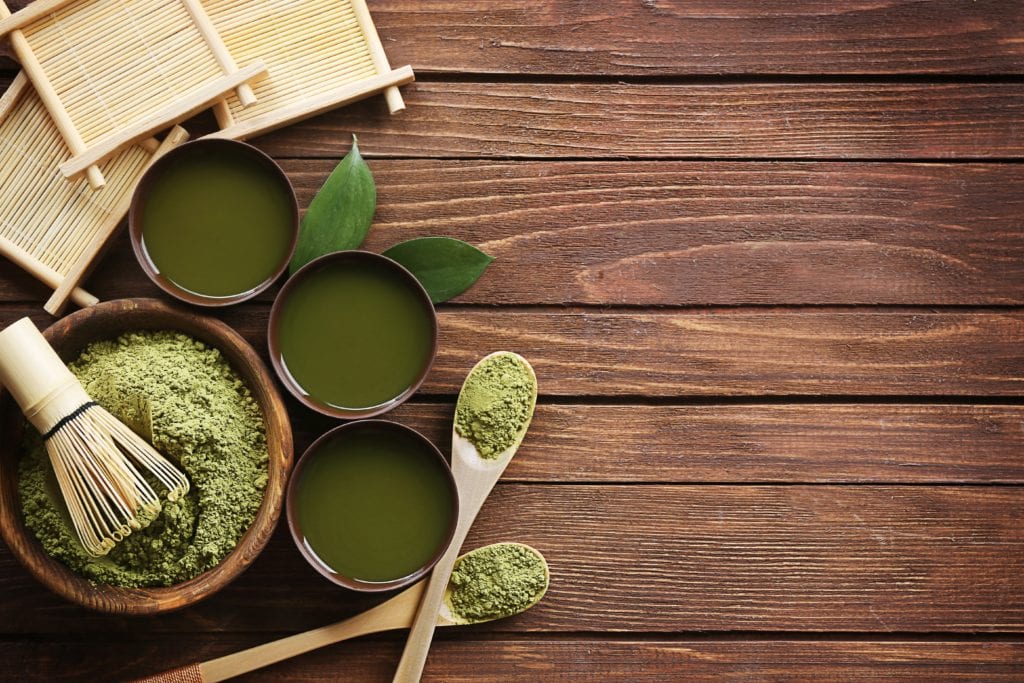
Research shows that certain types of flavonoids found in green tea can help prevent some types of cancer, while certain types of flavonoids found in citrus fruit can work as antioxidants reducing inflammation in the body hence preventing chronic diseases.
Other types of flavonoids like quercetin, which can be found in apples, onions, kale and berries, are known to help reduce the risk of asthma, certain types of cancer and coronary heart disease.
- Resveratrol
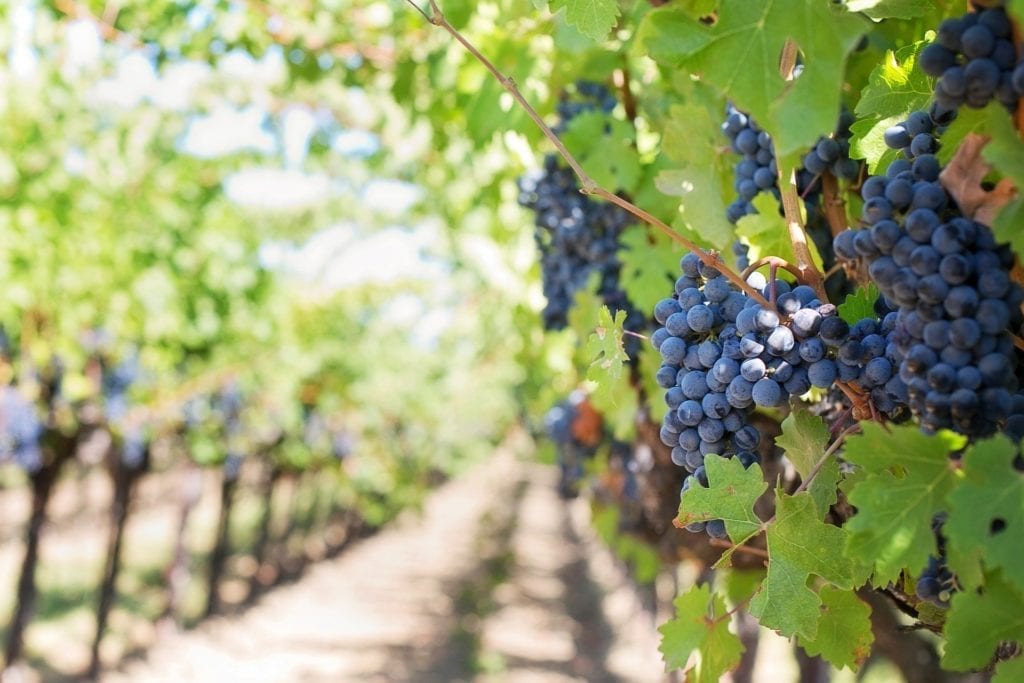
Resveratrol found in purple grape juice, red wine and grapes, is known to act as an antioxidant and anti-inflammatory. Research suggests that it may help reducing the risk of heart disease and certain types of cancer.
Although studies on human are still undergoing, studies carried out on animals showed they can help extend life.
- Glucosinolates
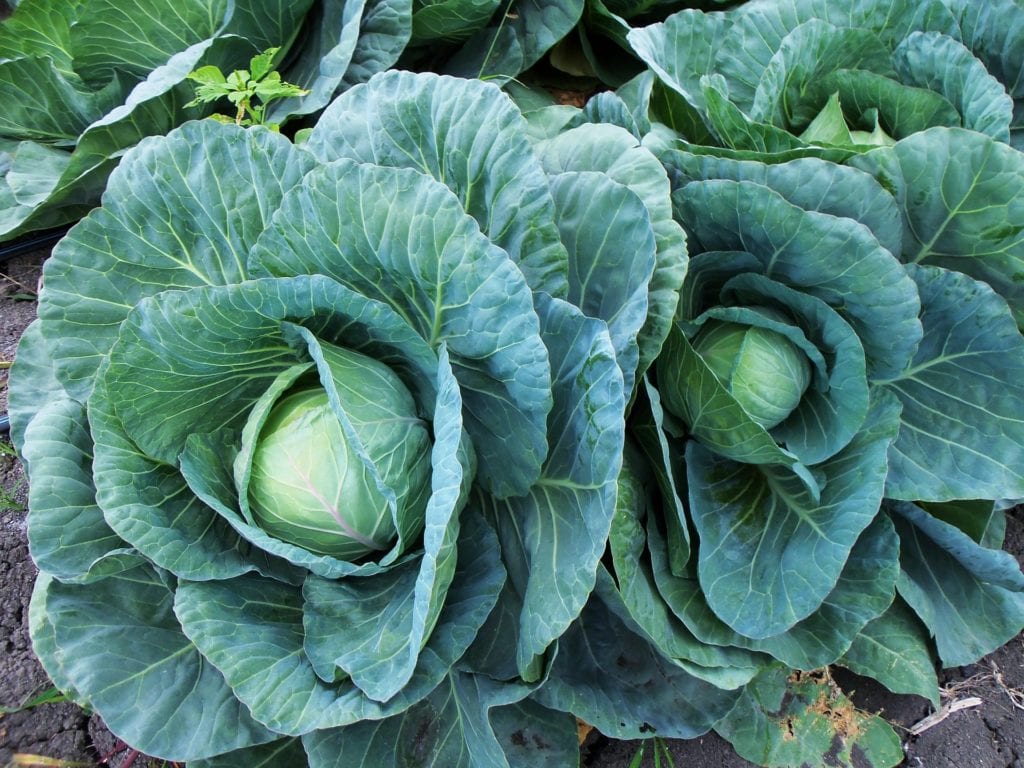
Glucosinolates turn into other chemicals during the cooking and digestion process. These chemicals may help reducing the development and growth of cancer. They are responsible for giving vegetables a very sharp odour and flavour and can be found in vegetables like cabbage, broccoli, brussels sprouts and kale.
- Phytoestrogens

Phytoestrogens, contained in soy food, are linked to oestrogen-like effects and can block the effects of our natural supply of oestrogen. Evidence has suggested that it may be linked to a lower risk of endometrial cancer and osteoporosis in women.

Forget about isolated nutrients and think of food in its complexity!
The reason I am often so dismissive about explaining the difference between macro and micro nutrients and which vitamin is present in which food is because we should not think of isolated nutrients at all! Food should instead always be considered in its complexity because the various nutrients in foods interact with each other and they behave very differently when isolated. Iron is a perfect example.
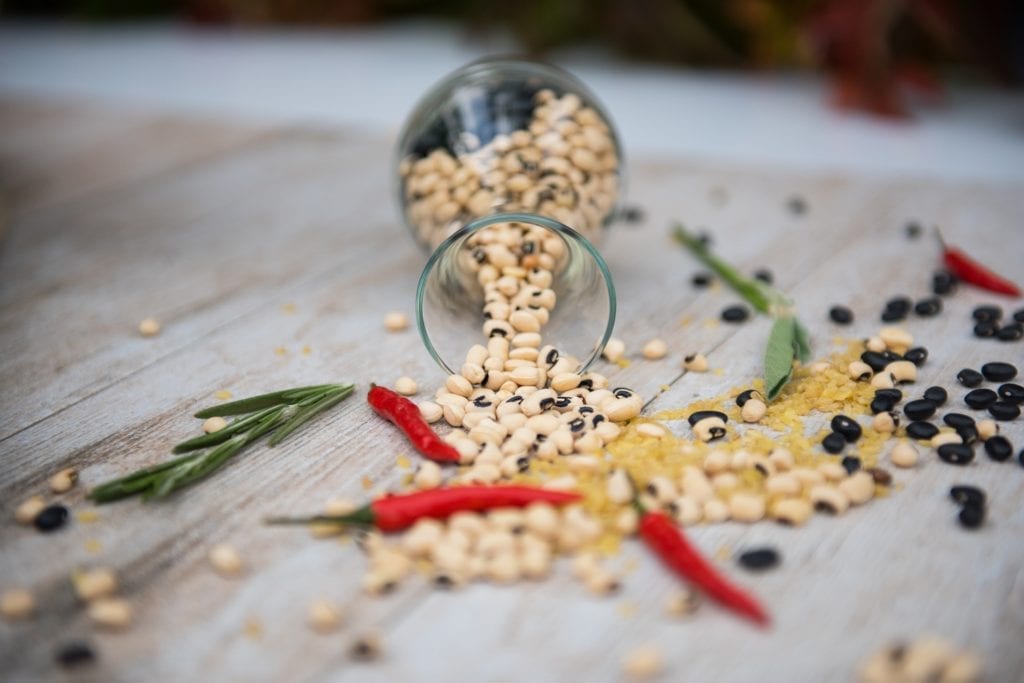
Iron is a mineral that plays an important part in
the human diet as it’s responsible for making the haemoglobin that carries
oxygen in our red blood cells and myoglobin that carries oxygen into our
muscles. It is also very important for normal growth and development. Without
iron our body can’t make enough healthy oxygen-carrying red blood cells and a
lack of red blood cells causes anaemia.
Iron is present in many foods such as legumes, nuts, tofu, leafy green
vegetables and wholegrain. It can be isolated (pills and fortified foods) but
when in this form it is very difficult for the body to absorb it. Not only
this, but if taken in large quantities (remember when right above I mentioned
that minerals are micronutrients and micronutrients are only needed in small
doses?) it can cause nausea, constipation and even damage to the gut wall. Iron
is far better absorbed when bound to proteins which is found in many kinds of
meat, particularly red meat, but also in lentils, chickpeas and tofu which are
vegetarian and vegan options.
Another interesting fact is that eating foods rich in iron together with foods
rich in vitamin C will increase the absorption of iron in our body. Similarly,
eating foods rich in iron together with foods high in dietary fibre will lower
the absorption of iron. Funny, huh!
So, you can see how paying too much attention, for example, to a specific vitamin because we heard it’s good for us, may be irrelevant if we don’t also take into account our diet as whole.
Conclusion: a fresh varied diet is all we need!
Nutrition scientists have spent many years isolating the different components in food, trying to understand their benefits and researching its properties. A lot has been learned in the process in terms of what does what to our bodies.
Yet, when it comes to nutritional advise, the conclusion is always the same: a fresh varied diet is all we need! Human bodies are not designed to eat isolated nutrients!
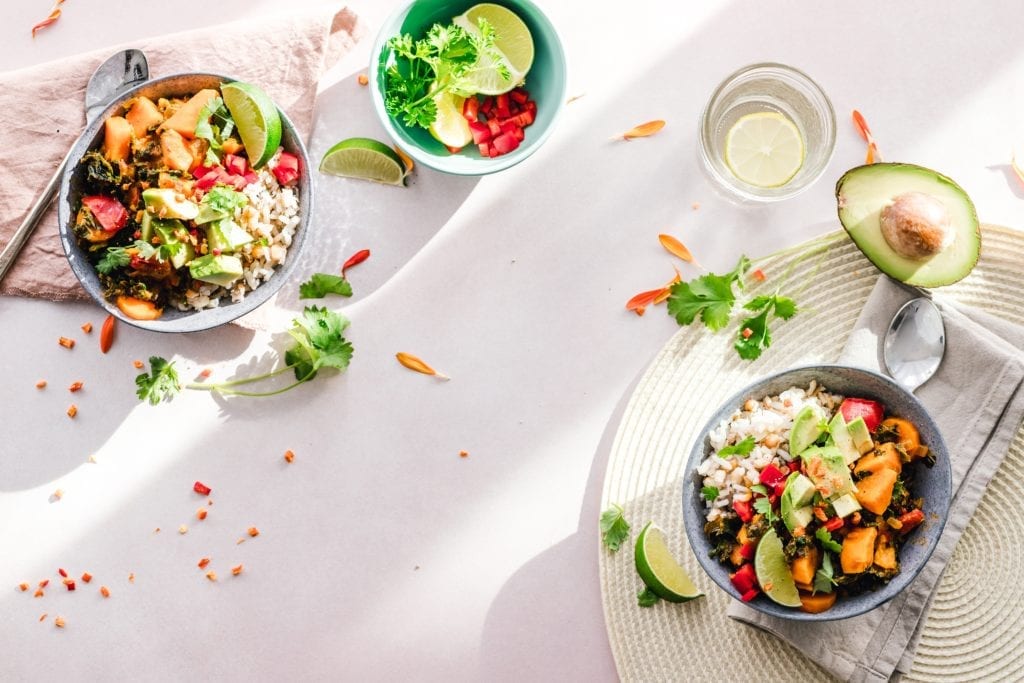
This is because nutrients need to interact with other nutrients to be fully absorbed and become beneficial to our body and this is why nutrients that are isolated, for example when they are taken as pills or added fortified foods, sometimes can be poorly absorbed by our body. Not only this but, specific nutrients can even be harmful when consumed in excess.
Unfortunately, this is not the type of advice that sells as it’s far more appealing to believe in the magic pill and it does not help the money-making multibillion-dollar industries that need to sell us expensive multivitamins and exotic fruits (goji berries anyone?).



